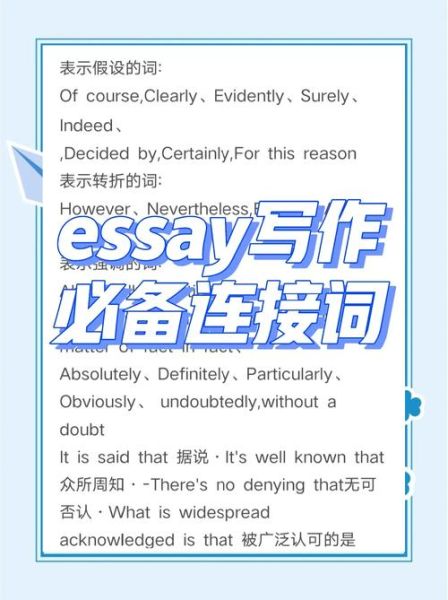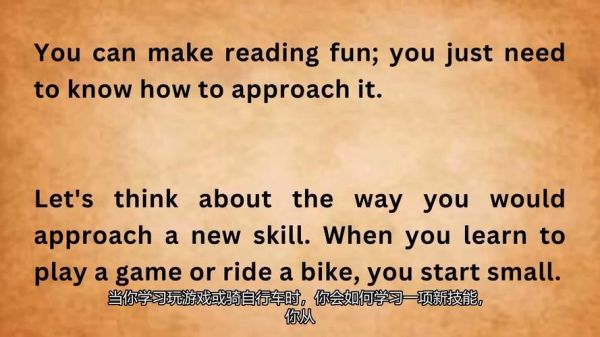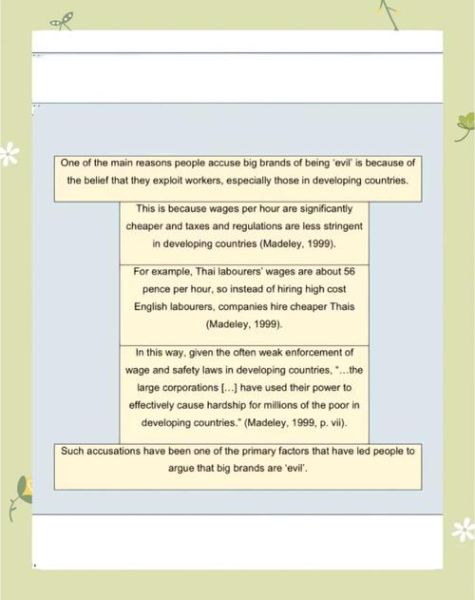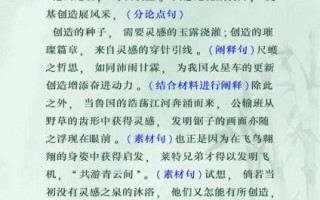为什么开头和结尾决定作文成败?
阅卷老师平均在90秒内完成一篇作文评分,前两句与最后两句的印象直接决定分数区间。好的开头像钩子,瞬间抓住注意力;好的结尾像回音,让主题在脑海持续震荡。

万能开头的三大底层逻辑
1. 悬念式:用未解之谜激活好奇心
模板:"If you were told that 80% of happiness comes from a single daily habit, would you sacrifice ten minutes to find out?"
自问自答:为什么这个疑问有效?因为它把普遍价值(幸福)与具体行动(十分钟)绑定,读者下意识想验证。
2. 反差式:颠覆常识制造认知冲突
模板:"The more connected we become online, the lonelier we grow offline—a paradox shaping our generation."
自问自答:如何想到这种反差?先列出两个相反趋势,再用破折号强化冲突感。
3. 场景式:用五感细节把读者拉进现场
模板:"At 5:47 a.m., the subway smells of burnt toast and cheap perfume, yet it carries the dreams of nine million city dwellers."

自问自答:场景必须包含时间+气味+群体象征,才能瞬间立体。
---万能结尾的四种高级写法
1. 循环回应:把开头意象升级后重现
示例:开头写"the subway smells of burnt toast",结尾写"perhaps tomorrow the toast won’t be burnt, because someone chose to act tonight."
自问自答:循环不是重复,而是把消极意象转化为积极行动。
2. 时空拉伸:把个人故事推向人类命题
模板:"What began as my grandmother’s recipe is now a question facing every culture—how do we preserve flavor without losing identity?"
自问自答:拉伸技巧是从个体经验→代际传承→全球议题的三级跳。

3. 行动号召:用动词堆叠制造紧迫感
模板:"Download the app, track one habit, change one life—starting with your own."
自问自答:动词必须由易到难排列,形成阶梯式冲击。
4. 金句留白:用悖论让读者停笔思考
模板:"The heaviest baggage is the one we never packed."
自问自答:金句结构是具体名词+否定式对比,留下解读空间。
---实战演练:同一主题的不同开头结尾组合
主题:网络时代的孤独
组合一:悬念+循环
开头:"How many ‘friends’ do you need to stop feeling alone? The answer will disturb you."
结尾:"So next time you scroll for connection, remember the number you seek might just be one—your own."
组合二:场景+时空拉伸
开头:"In a café where no one looks up from their screens, a toddler laughs at a paper napkin."
结尾:"That napkin will decompose in three weeks, but the question it raises—what are we dissolving into pixels?—will outlast us all."
---常见误区与急救方案
误区1:堆砌名言
急救:把名言拆解成对话,例如将"To be or not to be"改写为:"Hamlet’s question wasn’t about existence—it was about hesitation. What’s yours?"
误区2:结尾突然拔高
急救:用“如果…那么…”过渡,例如:"If one napkin can make a toddler laugh, then perhaps the smallest offline gesture is our greatest rebellion."
---如何训练开头结尾的肌肉记忆?
每天10分钟微写作:随机翻开一本书,用第一句话作为开头,写50字故事,再用循环或金句法结尾。三个月后,任何主题都能在两分钟内生成定制化开头结尾。







还木有评论哦,快来抢沙发吧~